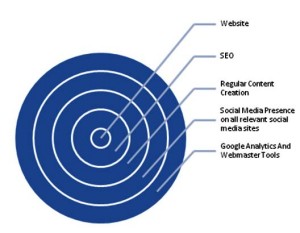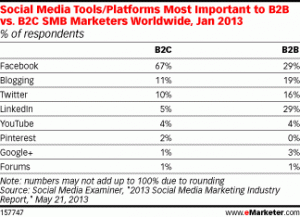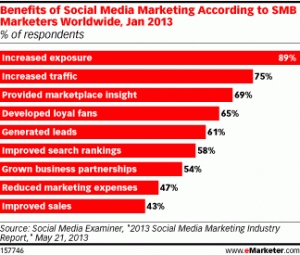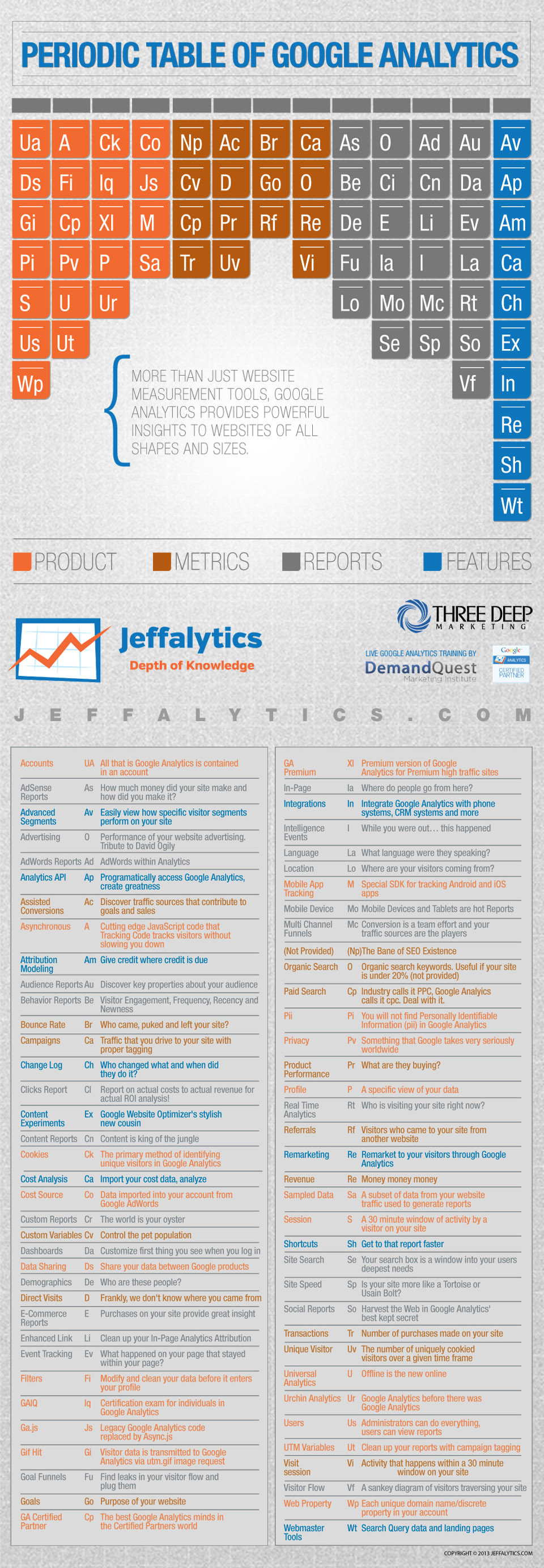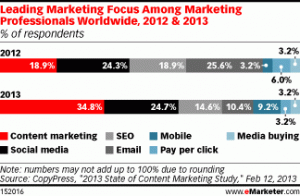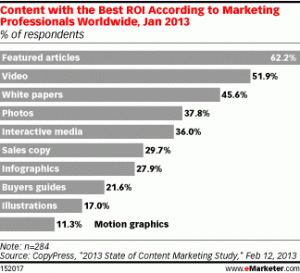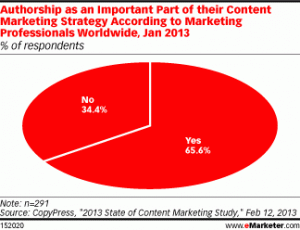Today a quality web presence is the lifeline of every organization. In early 2000 anyone who had a website and had submitted them to search engines took pride on being visible in the search results and proudly printed the website URLs on the business cards and letter heads.
A decade down the line the world wide web is a more sophisticated place with the search engines and the search behaviour both having evolved qualitatively.
Today having a web presence does not mean only having a website. One needs to have a correlated quality web presence across the web. In order to achieve that objective a planned approach and a dedicated team is needed. SEOs and digital marketers have been filling the blogosphere with this message but yet when it comes to the website owners there is an aura of confusion and there is a need to understand the connectivity and correlation among all the online platforms – SEO, Social Media, and Regular Content Creation.
All these activities supplement each other and boost the quality search presence in the long run. One cannot focus only on one activity and then immediately jump to another just because it is being declared as the latest trend by some. This is very misleading for website owners.
Blog posts like SEO Is Dead, Content Marketing is the new SEO, Email is Dead, Social Media marketing is the latest online trend, etc. make the website owners especially the SMBs who have limited budgets skip from investing in one activity to another without actually benefitting from any.
Just the other day an SEO client wrote to us an email strictly mentioning that the coming months were the peak season for their business and we should have an aggressive SEO strategy to increase the traffic to the site.
We started working on their site in Dec. 2012 and till date the increase in organic and overall traffic is as follows . As the site deals in seasonal products the period of comparison is very important.
Hence we took to compare the period of Dec. 2012 to April 2013 (After Our SEO Efforts) v/s Dec. 2011 to April 2012 (When the Site was Optimized by some other company)
As you can see that the SEO efforts have succeeded and the traffic has improved and yes the traffic is targeted and also the site is having a good search presence for most of the keywords. The SEO has done his bit. Now the client has to understand to enhance the quality of this search presence there needs to be an additional focus on content marketing, social media presence, take necessary steps as per the analytics reports, work on call to action, try out A/B testing to improve conversions, etc.
But just because you branch out to an additional activity you stop focusing on the previous one is not a viable solution. The saying, “The rolling stone gathers no moss “, proves to be very true here. Hence a coordinated effort to supplement the benefit from each activity is needed.
All these activities are like the concentric circles drawn around the same centre but with different radii.
Usually people start with developing a website and at the most sign up for an SEO contract and then expect for the overall results to accrue but that is like drawing a small circle or drawing just a part of the circle. The search presence or the SEO circle is one of the concentric circles.
The Concentric Circles Of Long Term Quality Web Presence:
- The website is at the centre hence each circle originates from there.
- SEO via the on-page, off-page and technical factors increases the probability of the website and content to be found by users who are searching for the relevant information. It takes necessary steps to see that the site is being regularly crawled and indexed by the search engines. SEO also keeps track of the algorithmic updates and helps the site to be as per the norms of the search engines.
- Regular quality content creation backed by authorship extends the quality aspect of the search presence and makes the SEO of the site worthwhile and helps develop your online brand and helps to build trust and relationships. Quality content further has the potential to generate valuable user generated content which has a multiplier effect on the quality factor.
- Social Media gives the necessary leverage to the content strategies and helps you to listen to the voice of your potential and existing customers and also helps you to understand your competition better. It helps you to establish the online reputation and gives you an online persona.
- Google Analytics & Webmaster Tools monitoring gives you the data to measure the ROI. This data helps you to track and monitor the SEO efforts, the social media efforts and also gives you an insight about your website and other crucial metrics to gear the efforts in the right direction.
A website owner can outsource each activity to different service providers or all these can be managed by one company but the correlation between all these activities will determine the actual success. As all these circles have the website as the centre as you draw each circle you go on increasing the circumference of the outreach.
This can be also co related to the structure of an atom where the website is the nucleus and each circle is an orbit which possesses the electrons of influence and outreach.
SEO is a necessity, content marketing is a strategy and social media is the channel.
If just one of the steps mentioned above are executed even with full sincerity, precision and dedication it will yield limited results only. In order to measure the overall ROI first one needs to measure the ROO (Return On Objective) of each outer circle . The objectives achieved with the activities of each circle will determine the total ROI (Return On Investment).
Today the challenge for the website owner is how to keep these activities coordinated and connected and make each task benefit from the other and get an overall boost to the online presence by capitalizing on the digital assets created thereby. It becomes more challenging if these tasks are performed by different services providers.


